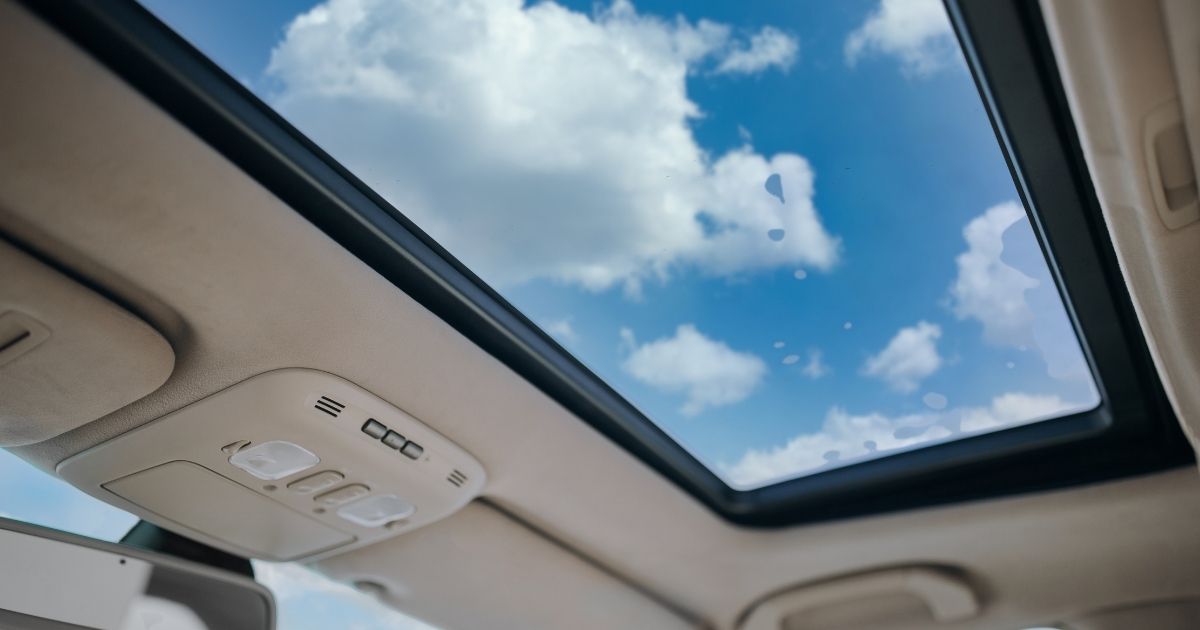MENU
- Home
- Overview
- Attorneys
- Practice Areas
- Firm News
- Blog
- Contact

Sunroofs are a popular feature on many vehicles. They allow more sunlight to brighten the interior, increase airflow, and provide more general comfort for you and your passengers.
However, when there is a hole in the roof of your car covered by glass, it is reasonable to wonder about potential safety issues. You might be especially concerned about the sunroof if a rollover accident were to occur.
Fortunately, a sunroof does not make your vehicle more dangerous during a rollover car accident. Your vehicle’s design and safety features should protect you and your passengers.
Car manufacturers account for the potential of rollovers and other types of accidents when designing vehicles with sunroofs. They design and build vehicles that are not weakened by the inclusion of a sunroof.
The porthole that contains the sunroof does not weaken the cabin or roof. All vehicles have four pillars that create a rigid structure that runs from the frame to the rooftop. The roof also is designed to withstand hard impacts and support the weight of the vehicle if it rolls onto the roof.
The cabin also is designed to create a secure seating area for passengers. The addition of seat belts and airbags helps to protect against rollover injuries.
The sunroof has virtually no effect on your vehicle’s ability to maintain its structural integrity during a rollover accident. It does not weaken the roof or make it less likely to withstand the effects of a rollover accident. Additionally, the glass of a sunroof should be laminated by the manufacturer to prevent it from shattering.
Wearing seat belts will prevent ejections from the vehicle, so having a sunroof should not create any significant dangers during a rollover.
Ejections make rollover accidents among the deadliest types of auto accidents. The National Highway Traffic Safety Administration (NHTSA) says rollover accidents account for about 30 percent of vehicular fatalities, meaning rollovers cause about 12,000 traffic deaths every year.
A partial or full ejection from a vehicle leaves a person completely vulnerable to deadly injuries. The person could land on pavement or be struck by the rolling vehicle. A tremendous amount of injury causes ejections, and there are no safety devices that protect a passenger who has been ejected from a vehicle. If your sunroof is open, that could raise the potential for part or all of your body to be ejected during a rollover.
Vehicle ejections can occur during rollover accidents. Open windows and unbuckled seat belts also enable ejections from vehicles during rollover accidents. Rollover accidents account for 47 percent of passenger fatalities in light trucks, more than double the 22 percent rollover fatality rate among passenger cars.
You need to keep your vehicle in good driving condition to help minimize the potential for a rollover accident. The less prone that your vehicle is to a rollover accident, the lower the odds of a potentially deadly ejection of one or more passengers.
If you suffer injuries in a rollover accident, third-party liability might apply. Vehicles and their components must be designed and built to reasonably minimize potential injuries.
Proving harm or negligence is easier when showing evidence of the damage and injuries caused by said negligence. An experienced car accident lawyer is the best resource for building a strong case for liability and damages.
Sunroofs could contribute to serious injuries during a rollover collision. If you have been injured in a rollover collision, our Dover car accident lawyers at Jacobs & Crumplar, P.A. can help. Call 302-656-5445 or contact us online to schedule a free consultation. With offices in Wilmington and Millsboro, Delaware, we represent clients in Dover, New Castle County, and Sussex County.